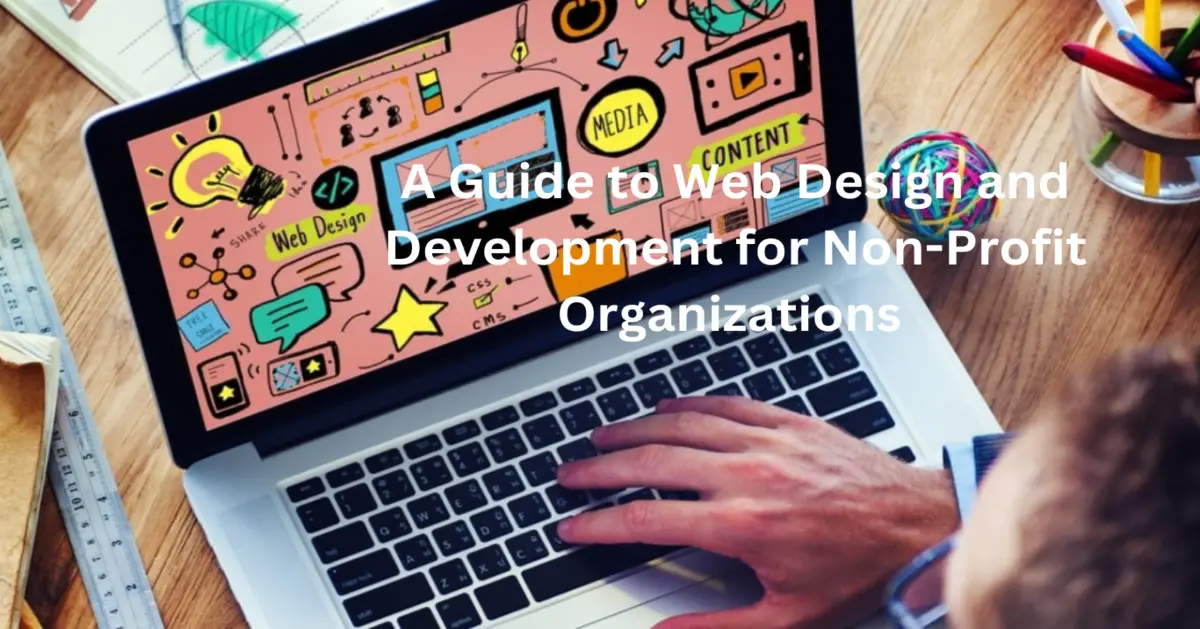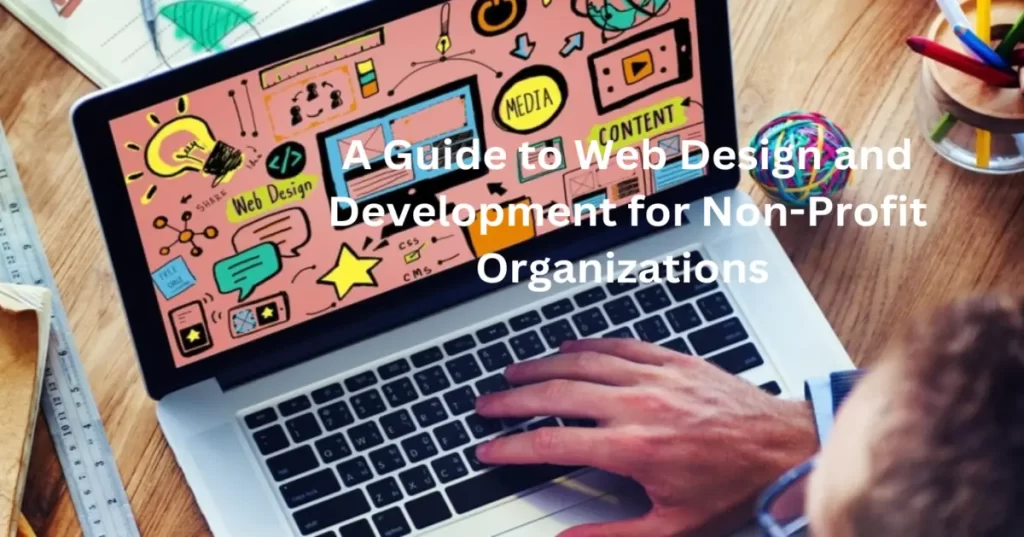
In the realm of web development for non-profits, the importance of a well-designed and up-to-date website cannot be overstated. If you’re a marketing manager or a member of a non-governmental organization (NGO) leadership team, you probably faced the glaring challenge of an outdated website in this rapidly evolving digital era.
These aging platforms can cripple an NGO’s outreach, reducing visibility and donor engagement. Modern web development, however, isn’t just about a fresh look. It’s about amplifying your mission and maximizing reach.
In this article, we will provide you with actionable insights on the importance of web development in 2023, offering tips, trends, and answers to frequently asked questions to empower your online presence and mission-driven initiatives.
Table Of Contents
- Why Is Web Development Crucial For Non-Profit Organizations
- Website Development Guidelines for Non-Profits & NGOs in 2023
- What Specific Web Development Trends Should Non-Profits and NGOs Consider In 2023?
- Frequently Asked Questions
Why Is Web Development Crucial For Non-Profit Organizations
One in three donors extensively research an organization before supporting it. Therefore, having a website that is easy to navigate, AODA compliant, and provides relevant information can help nonprofits attract more donors and volunteers.
Here are several key reasons why web development is of paramount importance for nonprofits in 2023:
- Ensures global online visibility, enabling potential supporters, donors, volunteers, and beneficiaries to easily discover the organization.
- Builds credibility and trust by reflecting professionalism and dedication.
- Serves as an information hub, facilitating the sharing of mission, impact stories, and updates, educating the public about the cause.
- Streamlines volunteer recruitment, attracting those eager to contribute.
- Opens doors to a global audience, aiding international causes and collaborations.
- Simplifies event promotion, facilitating event details sharing, ticket sales, and registrations.
Website Development Guidelines for Non-Profits & NGOs in 2023
Let’s explore the essential guidelines to help your nonprofit design and develop an efficient and cost-effective website for 2023.
Design for User Engagement and Trust
In the realm of web development for non-profit organizations in 2023, an appealing and user-friendly design is paramount. Your website’s design should aim to engage visitors and build trust. Here are some design principles to consider:
- Clear Visual Identity: Create a consistent visual identity that reflects your organization’s branding. Use your logo, color schemes, and fonts consistently throughout the site.
- Intuitive Navigation: Design an easy-to-navigate structure. Organize content logically, with clear menus and headings. Users should quickly find what they’re looking for.
- Credibility Elements: Incorporate trust-building elements like testimonials, success stories, and certifications. This helps build confidence in your non-profit’s work.
E.g. https://www.worldvision.org/
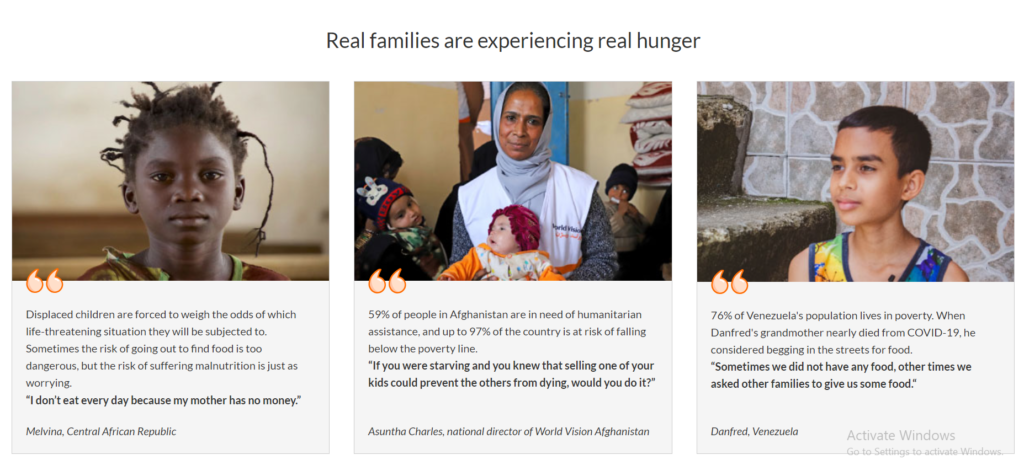
- Engagement Features: Implement interactive features like social media sharing buttons, comment sections, and interactive forms to encourage user engagement and feedback.
Make Sure Your Website is Technical SEO Compliant
One of the most important aspects of web development is making sure the website structure is technically optimized for SEO.
Technical SEO involves optimizing the website’s structure and code to make it easier for search engines to crawl and index the site.
Some actionable tips to make your nonprofit website SEO-compliant include:
- Semantic HTML: Use semantic HTML tags to structure your content, making it more accessible and understandable for both users and search engines.
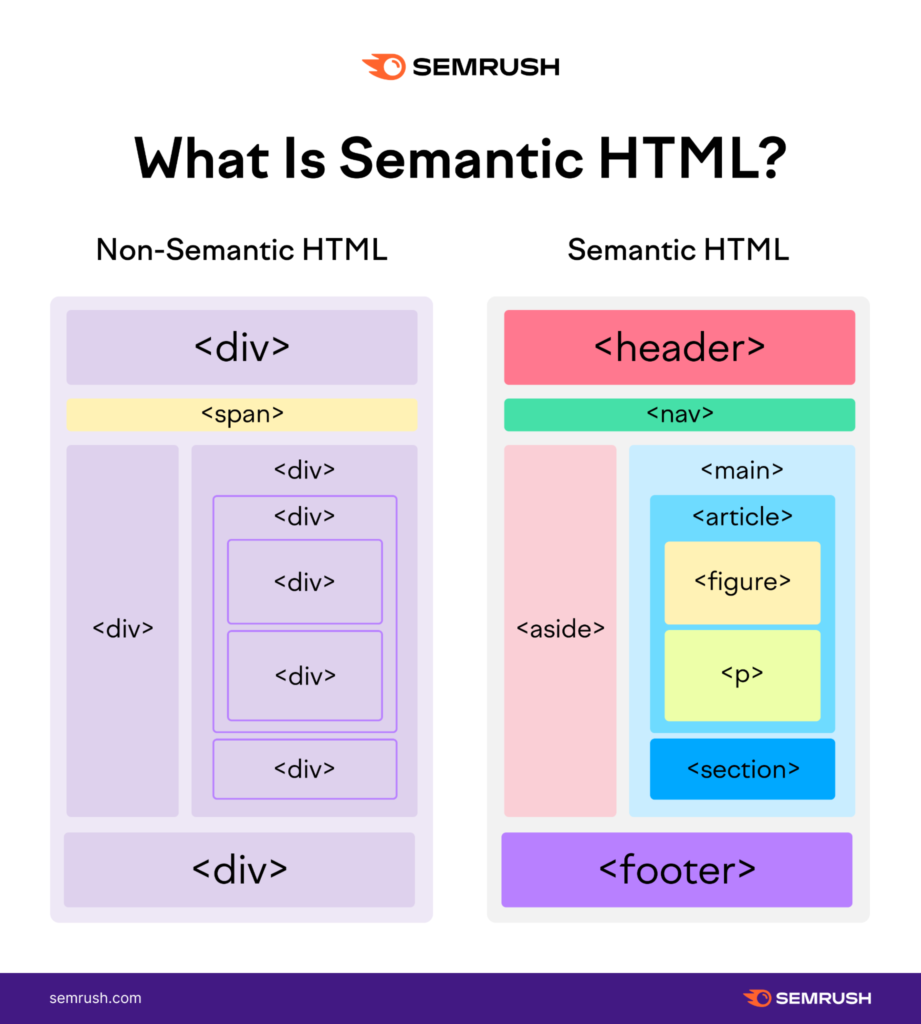
For the content, use <h1> for the main heading, <h2> for subheadings, and so on. This provides a clear hierarchy and improves readability.

- Use the best URLs: Use URLs that are easy to read and understand. Some ways to use the best URLs for your site include:
- Keeping them short, descriptive, and relevant to the content on the page.
- Avoid using special characters, numbers, or superfluous information in your URLs.
- Use hyphens to separate words in your URLs instead of underscores or spaces. This will help search engines understand what your page is about and improve click-through rates.
Create clean and descriptive URLs. For example, instead of “www.example.org/page123,” use “www.example.org/our-mission” for a more user-friendly and SEO-friendly URL.
- Schema Markup: Implement schema markup, which provides structured data to search engines.
For a nonprofit website homepage, you can mark up information like the organization’s name, logo, contact details, and social media profiles to enhance your search engine results with rich snippets.
- Robots.txt: In your robots.txt file, specify which parts of your website search engines should and shouldn’t crawl. Here’s a simple example:

- Sitemap: Create a sitemap that includes all the important pages on your website. A good URL example for an NGO could be “www.examplengo.org/donate,” and a bad URL example might be “www.examplengo.org/1ks45%$2#.”
Website Migration Planning
When redesigning your non-profit website, proper migration planning is crucial to ensure a seamless transition without losing traffic. Here are some tips to follow when migrating your website:
- Map out good URLs: Identify and map out the URLs of important pages on your old website. This will help you ensure that the same or equivalent pages exist on the new site.
- Transfer Meta Tags: Ensure that all meta tags, such as title tags and meta descriptions, are transferred to the new site. This helps maintain your SEO rankings and provides a consistent user experience.
- 301 Redirects: Implement 301 redirects for old URLs that no longer exist on the new website. This ensures that visitors are automatically redirected to the new pages, preventing 404 errors and preserving your search engine rankings.
- Content Audit: Conduct a content audit to update, improve, or remove outdated or irrelevant content during the migration process.
- Testing: Thoroughly test the new website to identify and rectify any issues before launching. This includes checking for broken links, load time optimization, and responsive design.
Optimize Page Load Speed
According to a study by Google, the probability of a user bouncing off a website increases by 32% as page load time goes from 1 second to 3 seconds. Therefore, it is crucial to optimize the page load speed of your website.
Some ways to achieve this include
- Compressing images and videos to reduce their file size.
- Minimizing HTTP requests by reducing the number of elements on a page.
- Using a content delivery network (CDN) to reduce server response time.
- Enabling browser caching to store frequently accessed data on the user’s device.
Prioritize Accessibility
Web development for nonprofits requires you to prioritize accessibility through:
- Using semantic HTML markup to structure content meaningfully;
- Adding alt text to images;
- Ensuring screen readers can describe visuals to users with visual impairments;
- Implementing keyboard navigation and focus management, making the website usable for people with mobility challenges.
Web accessibility is not only a legal requirement in many regions but also a moral imperative. In web development, creating an inclusive digital environment ensures that everyone, regardless of disabilities, can access and engage with the nonprofit’s mission, content, and donation options.
Implement Secure Donation Processing in Web Development
Web development plays a pivotal role in implementing secure donation processing. Here are some key considerations to make when implementing secure donation processing on your nonprofit’s website:
- Utilize Encryption Protocols
Implement secure encryption protocols like HTTPS to protect data transmitted between users and your website. This safeguards sensitive information and assures donors of the security of their transactions.
- Secure Integration of Payment Gateways
Ensure that payment gateways are securely integrated into your website. Follow industry best practices to prevent vulnerabilities and maintain the trust of donors.
- Third-Party Donation Methods
While it’s easy to integrate third-party donation collection methods, it’s essential to do so with the right techniques. Choose reputable third-party services and follow their security guidelines for safe donation processing.
- Foster Trust and Protect Donors
Robust security measures not only protect donors but also foster trust in your non-profit organization. Trust is crucial for donor retention and attracting new supporters.
- PCI DSS Compliance
Compliance with the Payment Card Industry Data Security Standard (PCI DSS) is vital for non-profits. Meeting these standards ensures the secure handling of credit card data and maintains donor confidence in your organization.
Prioritizing secure donation processing in your web development efforts not only protects your non-profit and its donors but also strengthens your reputation and credibility. It demonstrates your commitment to safeguarding sensitive financial information and ensures that donors feel confident in contributing to your cause.
Optimize Page Load Speed
In 2023, the number of smartphone users across the globe is estimated to be 6.8 billion, which is a 4.2% annual increase.
According to Double the Donation, there has been a 50% increase in the number of transactions on online donation pages completed through mobile devices. Additionally, 25% of donors complete their donations on mobile devices.
Therefore, it is essential to ensure that your website is mobile-friendly and responsive to cater to the growing number of mobile users. Here are a few tips to ensure that your nonprofit website is able to achieve this:
- Using a responsive design that adjusts the layout of your website based on the user’s device.
- Ensuring that all content is accessible on mobile devices without requiring horizontal scrolling.
- Using large fonts and buttons that are easy to click on mobile devices.
Enable Responsive Customer Support
Incorporating responsive customer support into your website is essential for fostering a positive user experience and engaging supporters effectively. Here’s how to make it work:
- Create Contact Forms
Integrate user-friendly contact forms that allow visitors to submit inquiries or feedback easily. Ensure that the forms are simple to use and gather essential information.
- Implement Live Chat Features
Include a live chat functionality for real-time interaction with website visitors. Ensure to provide prompt responses to queries, increasing user satisfaction and engagement.
- Email Functionalities
Offer an email contact option for users who prefer a more formal or detailed method of communication. Ensure that email responses are timely and informative.
- Explore Chatbots
Consider implementing chatbots to provide instant responses to common queries. Configure the chatbots to handle routine questions, freeing up your support team for more complex issues.
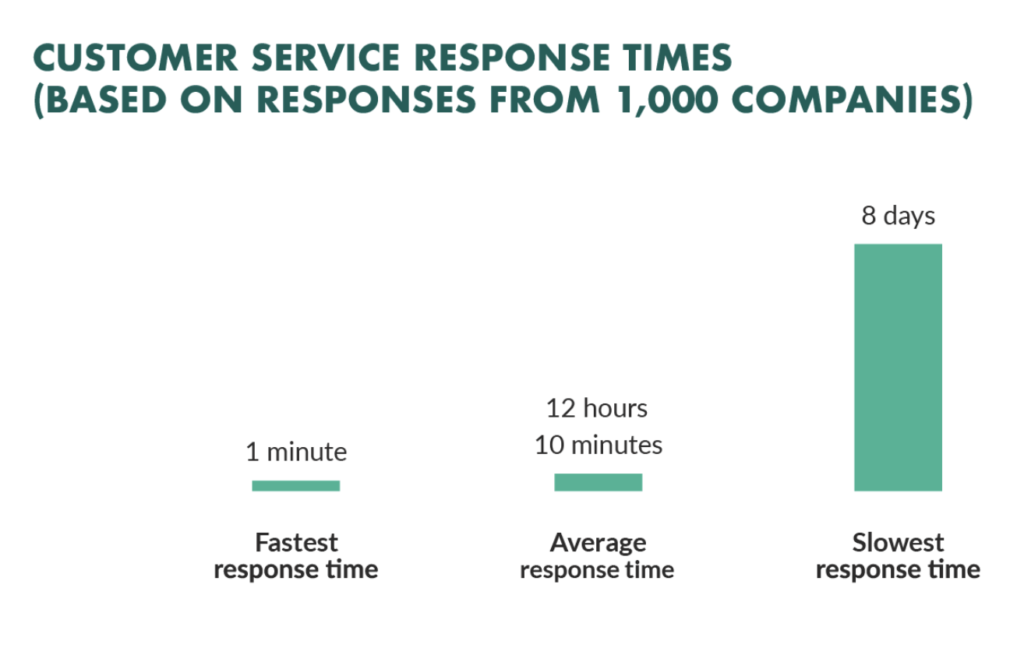
By enabling responsive customer support, your non-profit can create a user-friendly environment that allows supporters to easily seek assistance, ask questions, and engage with your organization. This, in turn, can lead to enhanced user satisfaction and a more positive user experience.
Regularly Update and Maintain Your Website
Website maintenance is a continuous process that involves keeping your site secure, functional, and up to date. To ensure your non-profit’s website remains in top shape, follow these steps:
- Bug Fixes
Regularly identify and fix any bugs or technical issues on your website. You should conduct thorough testing to catch and resolve problems promptly.
- Apply Security Patches
Stay vigilant and apply security patches and updates as soon as they become available. This helps safeguard your website against potential vulnerabilities.
- Enhance Website Features
Continually enhance your website’s features and functionality to meet the evolving needs of your users and donors. You should also strive to implement user-friendly features, such as donation forms or event calendars.
- Content Freshness
Regularly refresh your website’s content to keep it current and engaging for visitors. Update news, events, and success stories to showcase your non-profit’s recent achievements.
An updated and well-maintained website not only improves security but also keeps your content fresh and relevant.
What Specific Web Development Trends Should Non-Profits and NGOs Consider In 2023?
What Specific Web Development Trends Should Non-Profits and NGOs Consider In 2023?
Mobile-First Design
Website design and development for nonprofits should prioritize responsive design as it guarantees a seamless user experience across desktop and mobile devices, enabling broader accessibility and engagement.
World Wildlife Fund’s website (www.worldwildlife.org) is an excellent example of mobile-first design. It prioritizes the mobile user experience, ensuring easy navigation and readability on smaller screens while maintaining a visually appealing design.
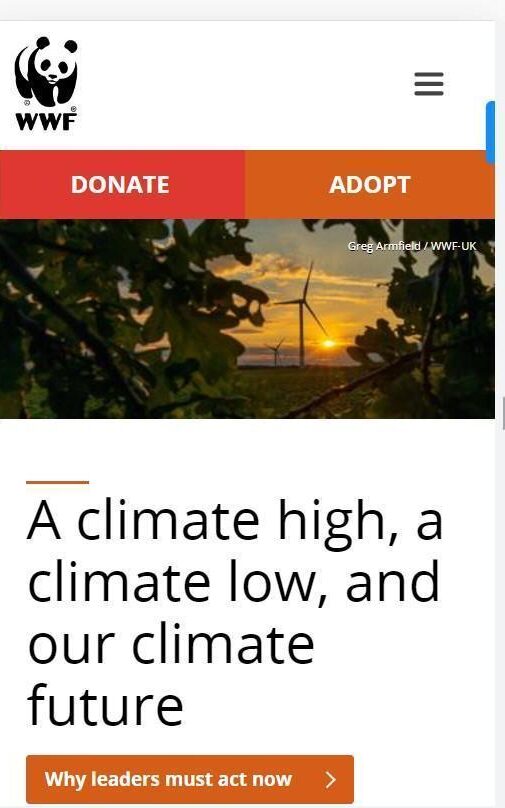
Source of www.worldwildlife.org
Voice Search Optimization
As voice-activated devices and voice search continue to gain popularity, optimizing your website for voice search queries can help your nonprofit reach a broader audience. Focus on natural language content and FAQs that align with voice search patterns.
Progressive Web Apps (PWAs)
PWAs combine the best features of websites and mobile apps. They offer fast loading times, offline access, and push notifications, providing an enhanced user experience. PWAs can be particularly useful for nonprofits aiming to engage supporters effectively.
Accessibility
Web development for non-profit organizations should also consider accessibility standards to ensure that the website is usable by individuals with disabilities.
Prioritize web accessibility to ensure that your website is usable by individuals with disabilities. This not only aligns with legal requirements but also demonstrates your commitment to inclusivity and broadens your potential audience.
Oxfam’s website, www.oxfam.org/en, shines as a well-optimized model. It captivates visitors with compelling visuals, ensures effortless navigation, and inspires action with prominent donation calls and opportunities for engagement.
The website is mobile-responsive, delivering a seamless experience across devices, and offers comprehensive information on their humanitarian initiatives.
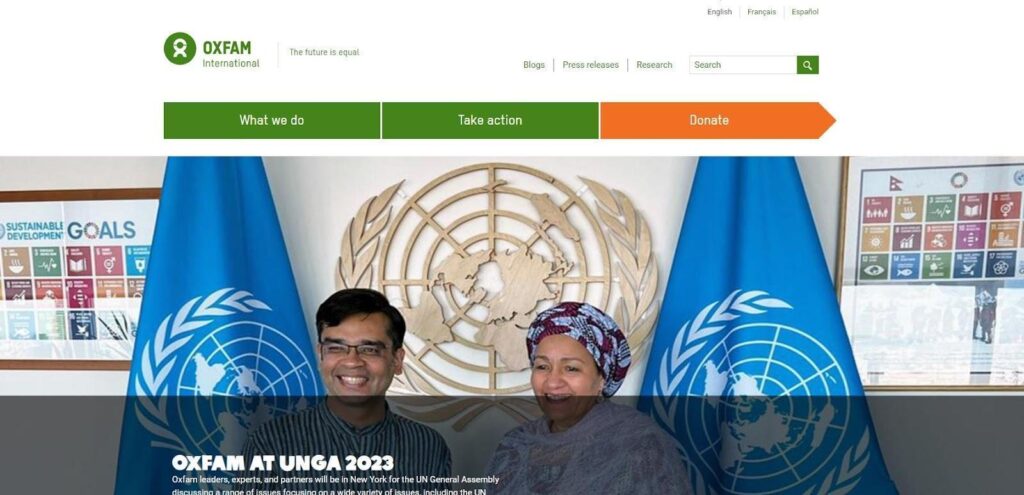
Content Personalization
Use data-driven insights to personalize content for website visitors. Personalization can help you tailor messaging, calls to action, and content recommendations to individual preferences, increasing engagement and conversion rates.
Data Privacy Compliance
Stay updated with data privacy regulations like GDPR and CCPA. Ensure that your website collects and manages user data in compliance with these regulations to protect user privacy and maintain trust.
Blockchain for Transparency
Consider integrating blockchain technology to enhance transparency and traceability, especially for fundraising and financial transactions. Blockchain can provide donors with a secure and transparent view of how their contributions are used.
Chatbots and AI
Chatbots and Artificial Intelligence (AI) can improve user engagement by providing instant responses to common queries, facilitating donations, and offering personalized recommendations. They can also handle routine tasks, freeing up staff for more strategic activities.
Cybersecurity
With increasing cyber threats, prioritize website security to protect donor information and maintain trust. Implement SSL certificates, regular security audits, and strong password policies.
Frequently Asked Questions
Nonprofits can align their website goals with their mission by clearly defining their objectives, such as raising awareness, collecting donations, or providing resources. To achieve this, you should ensure that website content, design, and functionality reflect these goals.
Regularly update the website to stay aligned with evolving mission priorities, and with Noah Digital’s expertise, you can ensure a strategic and effective online presence.
Non-profits can improve website accessibility by following WCAG (Web Content Accessibility Guidelines) standards, using accessible design elements, providing alt text for images, offering text-to-speech options, and conducting regular accessibility audits to identify and address issues.
Yes, several web development tools and platforms cater to non-profit organizations, such as WordPress with non-profit themes and plugins, Wix, Squarespace, and specialized platforms like Blackbaud Luminate Online. These platforms often offer features tailored to fundraising, volunteer management, and donor engagement for nonprofits.
Non-profits should prioritize data security by using secure payment gateways, employing SSL certificates for encryption, and regularly updating their website’s security features. Compliance with data protection regulations is essential.

